Division of Animal Behavior
Marlene Zuk Award for best talk: Rebecca Westnick, University of Kentucky
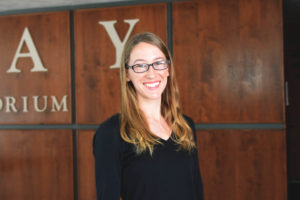
Alarm cues alter nursing behavior in aggressive honey bee colonies (Apis Mellifera)
Rebecca Westwick is a late-stage PhD candidate at the University of Kentucky advised by Dr. Clare Rittschof. She uses honey bees to study how previous experiences–particularly social experiences and experiences that happen in early life–shape behavior, brain function, and health.
Elizabeth Adkins-Regan Award for best poster: William Kirkpatrick, University of Arkansas
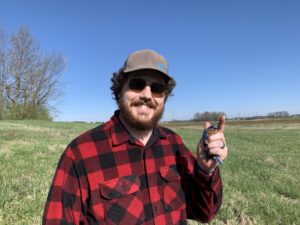
Thermal variation and mean temperature differentially affect breeding behavior in two cavity nesting birds
I am a PhD Student in the Sarah DuRant lab at the University of Arkansas, and I am primarily interested in the effects of climatic variability on wildlife behavior and physiology. I use the Eastern Bluebird (Sialia sialis) and Tree Swallow (Tachycineta bicolor) to determine how changes in natural thermal variability affect nest choice, parental care, and offspring phenotype.
Division of Comparative Biomechanics
Wainwright and Koehl Award for best talk: Theodora Po, University of California, Irvine
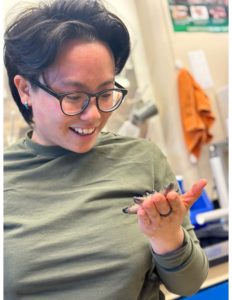
The collective and central control of locomotion in sea stars
“I am fascinated with animals that exhibit collective behavior, in particular, sea stars, whose collective behavior is complex despite having a rudimentary nervous system. I enjoy integrating animal experimentation, mathematical modeling, and robotics to study biomechanical questions.”
Division of Comparative Endocrinology
Audrey Gorbman Award for best talk: Emily Harders, Illinois State
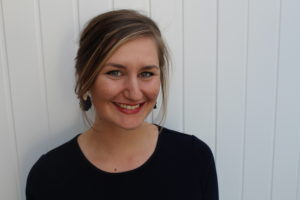 Avian embryos concurrently metabolize and respond to yolk corticosterone
Avian embryos concurrently metabolize and respond to yolk corticosterone
“My name is Emily Harders and I am a Master’s student at Illinois State University in Ryan Paitz’s lab. My work focuses on the mechanisms underlying how avian extraembryonic membranes metabolize and respond to maternal stress steroids deposited in the yolk. I’m thankful to have had the opportunity to share my research at SICB, and hear about so many other interesting projects during the conference!”
Audrey Gorbman Award runner-up: Jessica Karr, Oregon State
Lynn Riddiford Award for best poster (tie for first place): Megan Flanagan, Texas State
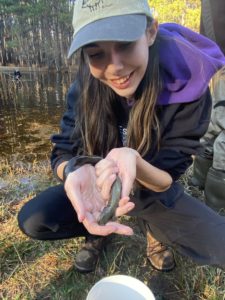
Does traffic noise affect growth, activity, and glucocorticoid response in two species of tadpole?
“My name is Megan Flanagan and I am a master’s student at Texas State University and a member of Gabor-Aspbury (GASP) laboratory. I am currently studying the impacts of traffic noise on behavior, cognition, growth, activity and glucocorticoid response on frogs and tadpoles.”
Lynn Riddiford Award for best poster (tie for first place): Ursula Beattie, Tufts University
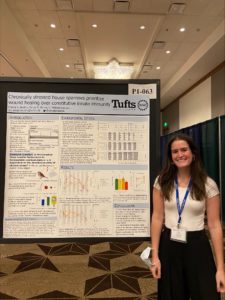
Chronically stressed house sparrows prioritize wound healing over constitutive innate immunity
“I’m a fourth year PhD candidate in Dr. Michael Romero’s lab at Tufts University. My research focuses on how the intensity and duration of chronic stress affects physiology in wild house sparrows”
Division of Botany
Rising Star in Botany Award for best talk: Patrick Wright
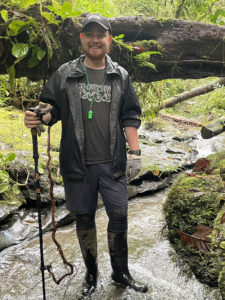
Accumulation of metals in an agricultural weed and implications for phytoremediation
“I am a plant biologist and chemist studying environmental science as a graduate student in Virginia.”
Best student poster: Jasen Liu, University of California, Davis
Division of Comparative Physiology and Biochemistry
Best student talk: Aurora Alvarez-Buylia, Stanford University
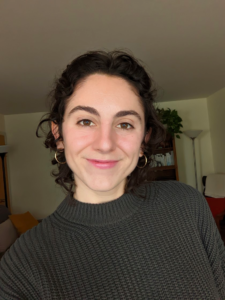
Adaptations to deadly diets: a poison frog plasma protein mediates alkaloid transport
“My PhD work focuses on the physiology of toxin acquisition in South American poison frogs, and I’m particularly excited about the biochemical and protein evolution aspects. Outside of work, I like tea, thrifting, and tidepooling.”
Best student poster: Kyle Raney, Colorado State

Characterization of Catalase and its Role in Molting in G. lateralis and C. maenas
“I am a fourth-year undergraduate student at Colorado State University majoring in biology. I’ve worked on this project through Dr. Mykles’ Crab Lab and hope it can optimize molt stage recognition in our study species.”
Division of Evolutionary Developmental Biology
Best student talk: Kathleen (Kate) Garland, Monash University
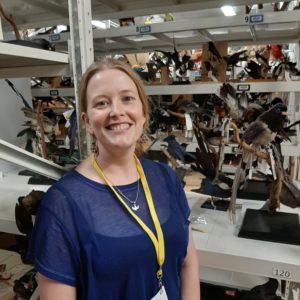
A Universal Model of Growth Describing the Evolution and Development of Theropod Beaks
Kathleen (Kate) Garland is a PhD Student in the School of Biological Sciences at Monash University in Melbourne Australia, supervised by Associate Professor Alistair Evans. Kate is currently working with Associate Professor John Abramyan at the University of Michigan Dearborn, under the Postgraduate Fulbright Victoria Scholarship
Best student poster: Oghenevwogaga ‘Gaga’ Atake, University of Saskatchewan
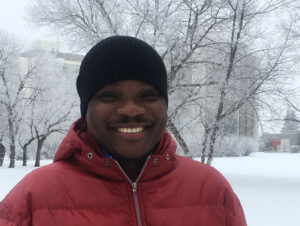
Homologizing vertebrate mineralized tissues: how do cartilaginous fishes make bone-like tissues?
I’m currently finishing my PhD research in Brian Eames lab at the University of Saskatchewan. My work focuses on characterization of skeletal tissues in living representatives of ealier-diverged vertebrate clades like Chondrichthyes (aka cartilaginous fishes). Modern chondrichthyans are generally considered to have lost bone, but I’m using several approaches to test the hypothesis that they make bone.
Division of Ecoimmunology and Disease Ecology
Best student talk: Sydney Horan, University of Connecticut
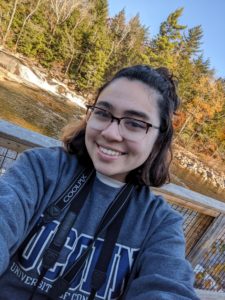
Beating the Heat: Mechanisms mediating effects of temperature on host response to parasitism
“I am a Ph.D. student in the Knutie Lab at the University of Connecticut researching human influence on host-parasite interactions, specifically in box-nesting birds and their ectoparasites. I have specific interests in host immune response and environmental change.”
Best student poster: Anna Shattuck, Tulane University
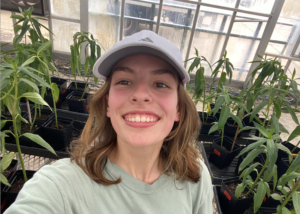
The effect of infection on thermoregulatory behavioral fever of monarch caterpillars
“My name is Anna Shattuck (she/her), and I am currently an undergraduate student at Tulane University studying Ecology and Evolutionary Biology. I am particularly interested in understanding how host-parasite systems are interacting with their abiotic environment.”
Division of Ecology and Evolution
Ray Huey Award for best student talk: Julia Kendrick, Queens University
Ray Huey Award honorable mention: Jess Sterling, University of Texas, Austin
Ray Huey Award for best student poster: Noé Reyna, University of Texas, Austin

Coming to one’s senses: Stickleback molecular processing and neuroanatomy vary across environments
Noé Reyna is a third-year undergraduate at the University of Texas at Austin. They’re interested in bioinformatics and genomics!
Ray Huey Award honorable mention: Mercille Nguyen, DeSales University
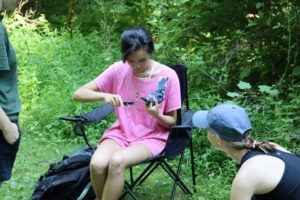
Tritrophic interactions with avian predators: the effect of host plant species and herbivore-induced plant volatiles on recruiting avian predators
Mercille Nguyen is currently a third-year student in the 5-year Accelerated Physician Assistant Program at DeSales University. She began research in high school, studying SeaGlide construction and programming for long-distance ocean data collection, microbial fuel cell optimization, and the effects of various toxins on the bioluminescent activity of dinoflagellates (Pyrocystis fusiformis). She has, since arriving at DeSales, now shifted focus to two new labs, investigating avian olfaction in the context of evolutionary ecology/animal behavior and the anti-inflammatory effects of various drugs on TNF alpha stress-induced THP-1 cells. She has become especially interested in the possible role of olfaction in the passerine recognition of brood parasite eggs and hopes to continue pursuing research even into her future career as a physician assistant!
Division of Invertebrate Zoology
Mary Rice Award for best talk: Emily Pierce, University of Maine
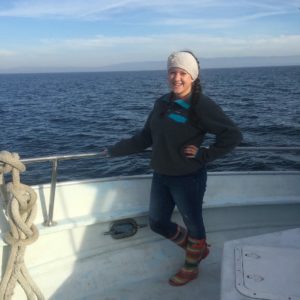
Squishy vs. crunchy: physical characteristics affect invasive species detection using environmental DNA
Emily is a third year Ph.D. candidate at the University of Maine, studying environmental DNA from invasive invertebrates as part of Maine EPSCoR’s Maine-eDNA program
Alan Kohn Award for best poster: Raquel Mejia-Trujillo, University of Texas, Austin
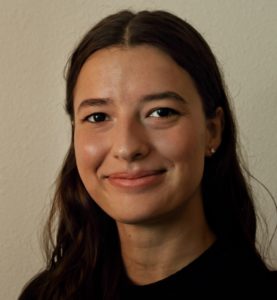
Genomic signatures of mitonuclear sex determination in a bivalve with doubly uniparental inheritance
Raquel researches mitonuclear sex determination in bivalves with doubly uniparental mitochondrial inheritance. She is pursuing her undergraduate degree in Computational Biology and is interested in the coevolution of nuclear and mitochondrial genomes as a part of the Havird Lab at UT Austin.
Division of Neurobiology, Neuroethology, and Sensory Biology
Best student talk: Kristianna Lea, Case Western University

Direct control of fly haltere movement by optogenetic activation of haltere steering muscles
“I’m a second year PhD student in Dr. Jessica Fox’s lab at Case Western University (Cleveland, OH). While I’m definitely interested in all bugs, I primarily work on the mechanisms of how flies use proprioception in flight and other non-flight behavior.”
Best student poster: Tanner Mierow, University of Tulsa
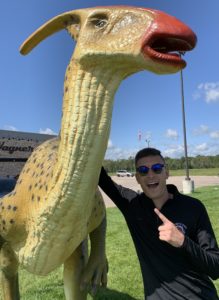
The morphology and performance of the belostomatid visual system
“I’m a first year PhD student with Dr. Alex Kingston at the University of Tulsa where I study visual systems and how they influence invertebrate behavior and ecology, specifically Giant Water Bugs (toe biters) and snapping shrimp! I am fascinated by vision and how animals have evolved adaptations in their visual systems to overcome unique challenges they face in their habitats.”
Division of Phylogenetics and Comparative Biology
Wake Award for Best student talk: Keiffer Williams, Clemson University
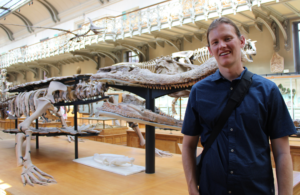
Resolving a dental dilemma: quantifying tooth variation along the jaws in polyphyodont vertebrates
“I am a third year PhD student in Dr. Samantha Price’s lab at Clemson University. My current research investigates how dentition evolves in response to diet in fishes, with a particular focus on the role that herbivory plays in influencing tooth surface complexity.”
Wake Award for Best Student Poster: Mason Thurman, Clemson University
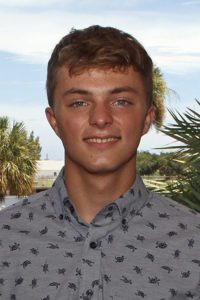 Biofluorescence as a tool to resolve morphological crypsis in two bonefish species
Biofluorescence as a tool to resolve morphological crypsis in two bonefish species
“I am a first-year PhD student at Clemson University under Dr. Samantha Price, where I am broadly interested in ecomorphological convergence in fishes.”
Division of Vertebrate Morphology
D. Dwight Davis Award for Best student talk: Armita Razieh Manafzadeh, Yale University
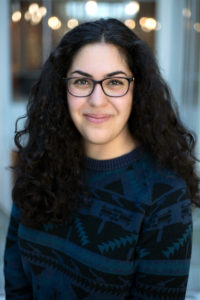
Joint surface interactions distinguish dinosaurian locomotor poses
Armita Manafzadeh completed her PhD at Brown University last Spring and is now a Gaylord Donnelley Postdoctoral Environmental Fellow and NSF PRFB Fellow at Yale University. Her research focuses on how joints work and where they come from, both developmentally and evolutionarily.
Karel Liem Award for Best Student Poster: Taylor Nicole Black, Trinity University
 The evolution of lizard dentition: long and short faced Anolis lizards
The evolution of lizard dentition: long and short faced Anolis lizards
Taylor Black is a senior undergraduate student at Trinity University majoring in Sociology and minoring in Biology. She has conducted research in Dr. Michele Johnson’s Lizard Lab for almost 3 years, and has worked with lizard dentition for over a year.

